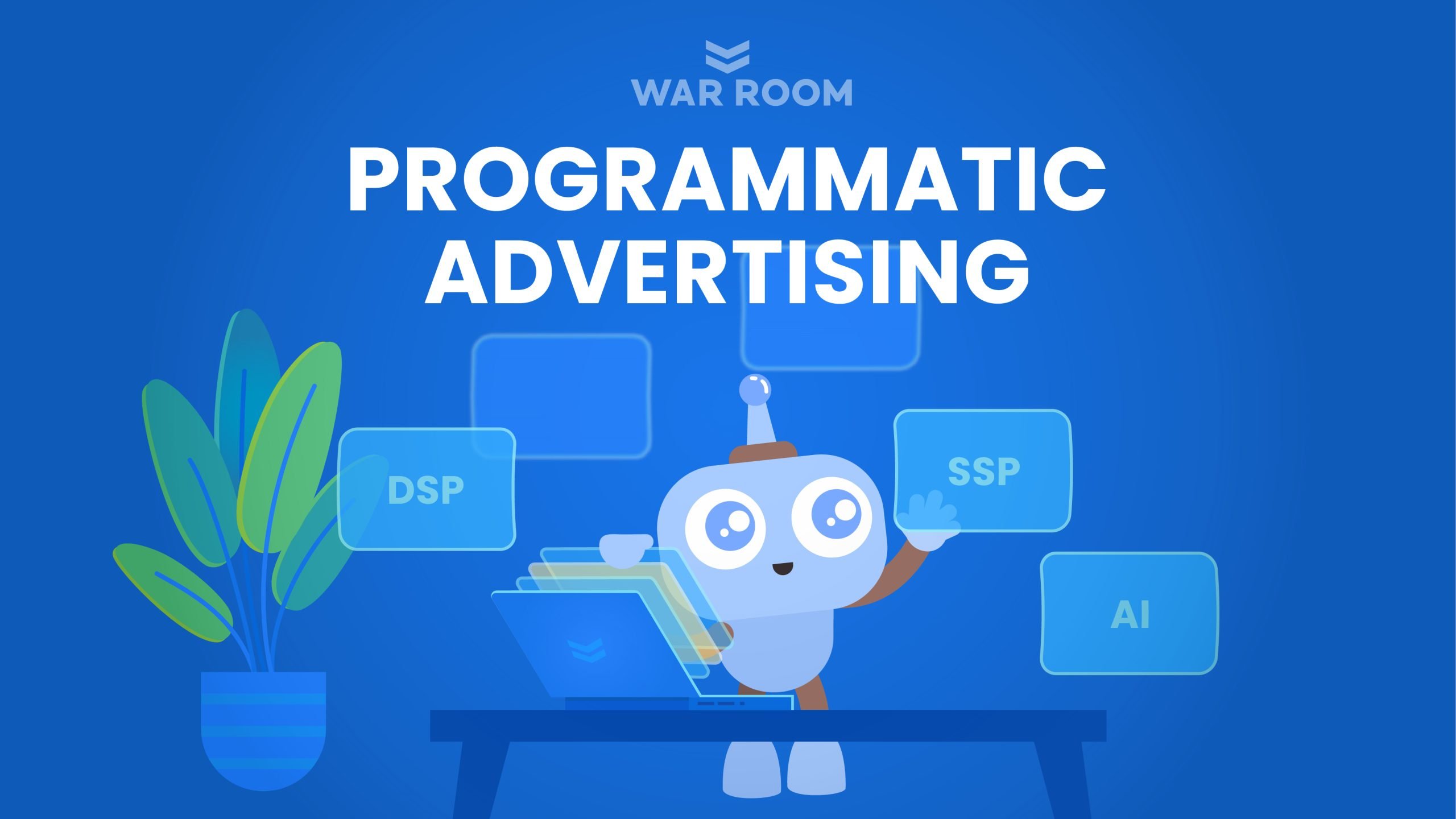In today’s tech-savvy world, where smartphones have become an irreplaceable part of our lives, the need to incorporate mobile-centric strategies in your marketing mix is no longer just an advantage—it’s a necessity.
Enter mobile app marketing, a multi-channel, digital marketing strategy aimed at reaching target audiences on their smartphones, tablets, and/or other mobile devices, via websites, email, SMS, social media, and apps.
Mobile marketing is a game-changer, allowing businesses to tap into broader markets, build stronger customer relationships, and drive substantial conversions.
The growing reliance on mobile devices for everyday tasks, from shopping and banking to information search and entertainment, has opened up a world of opportunities for digital marketers.
By leveraging mobile marketing, brands can deliver personalized content to their audience, leading to improved customer engagement and retention.
In this post, we’ll explore some of the most effective mobile app marketing examples and discuss why they have been successful.
Our deep dive into these strategies and tactics will offer you inspiration and practical insights to take your mobile marketing game up a notch.
Let’s get started.
1. Starbucks’ Mobile Order & Pay
Starbucks has consistently been at the forefront of mobile marketing, and their Mobile Order & Pay feature is a prime example of this innovation.
This feature, available via the Starbucks mobile app, allows customers to order their favorite beverage or food item ahead of time and then simply pick it up at a selected store, skipping the line altogether.
Here’s how it works:
- You download and launch the Starbucks mobile app.
- From the app’s home screen, you select ‘Order’.
- You then select the items you want to order. The app includes a full menu of Starbucks’ products, from their lattes and cappuccinos to bakery items and snacks.
- Once you’ve selected your items, you choose the store from where you want to pick up your order. The app allows you to select a store based on your current location, saved stores, or even a search for a new store.
- After you’ve chosen your store, you review and place your order. Payment is made directly from the app itself using Starbucks’ rewards card or through other payment options.
- Finally, you head to the chosen Starbucks location, bypass the queue, and pick up your personalized order.
Why it works
The Mobile Order & Pay feature saves customers time, expedites turnaround at the stores, and improves overall efficiency of operations.
This smart mobile marketing strategy not only satisfies the need for convenience but also enhances the customer experience, inspiring loyalty and repeat business.
Starbucks’ seamless integration of mobile technology into its business model demonstrates how brands can leverage mobile marketing to add value for their customers.
Airbnb’s User-Friendly Mobile App
Airbnb’s mobile app has fundamentally altered the way tourists find accommodations by turning locals into hospitality providers. Their uncluttered, intuitive mobile app interface demonstrates an excellent example of user-friendly mobile app design and mobile marketing.
Here’s how it works:
- Download and open the Airbnb mobile app.
- After creating an account or logging in, users can search for accommodations by inputting their destination, dates, and number of guests.
- Airbnb quickly filters results based on these details, displaying a list of available rentals. These results can be further refined based on various criteria like home type, price, amenities, etc.
- Detailed listings provide a wealth of information like photos, host details, prices, rules, and reviews from previous guests.
- Once you’ve selected a property, you can contact the host directly through the app to ask any questions.
- When ready to book, the process is completed within the app, including secure payment. To protect yourself from any possible cyber attack or URL phishing attempts from hackers you can set out additional VPN extensions and use them if you find that applicable.
Airbnb’s mobile marketing strategy doesn’t stop there. They also encourage users to share listings via social media and email, thereby driving more potential users to their platform.
Their app also employs push notifications to inform users of booking confirmations, check-in reminders, messages from hosts, and more, ensuring constant engagement.
Why it’s successful
Airbnb’s effective app design encourages user interaction, offers an effortless booking experience, and promotes sharing, thereby driving significant mobile traffic and conversions.
Domino’s Pizza ‘Easy Order’ Button
When it comes to blending mobile technology and customer convenience, Domino’s has emerged as a trailblazer in the foodservice industry.
They introduced the ‘Easy Order’ button, a mobile marketing campaign that simplified pizza ordering to just a few clicks within their mobile app.
The procedure goes as follows:
- After installing the Domino’s app, users need to set up their ‘Easy Order’. This includes designating their favorite pizza combination and preferred store location.
- Afterwards, users can simply launch the app and hit the ‘Easy Order’ button to place their pre-set pizza order.
- Payment is also pre-arranged during the setup phase, making the ordering process even quicker.
Effectiveness of the strategy
This incredibly straightforward order and payment process eliminated barriers between the customer’s initial desire for pizza and the actual purchase, thereby boosting sales. Moreover, the ‘Easy Order’ button introduced an element of fun and novelty, encouraging more users to try out the app.
The ‘Easy Order’ campaign highlights how smartly designed mobile marketing strategies can significantly improve customer experience and conversions.
IKEA’s Augmented Reality App
IKEA continues to consolidate its position as a leader in both innovative furniture design and ingenious marketing strategies with its augmented reality (AR) app called IKEA Place.
This app is an excellent example of how to leverage mobile marketing with cutting-edge technology to provide a unique and highly interactive customer experience.
Here’s how it works:
- First, users download and launch the IKEA Place App.
- The app allows users to select from a broad range of IKEA products, from sofas and lamps to desks and beds.
- Using the camera on the user’s smartphone, the app scans the room where the user intends to place the furniture.
- Users can then place the selected IKEA product into the room via the app. The product appears as a three-dimensional image on the screen, giving users an idea of how the piece of furniture would look in the actual space.
- Users can move, rotate, and even walk around the virtual furniture to examine it from all angles.
Why it Works
This immersive shopping experience isn’t just fun, it’s also practical. It allows users to visualize products in their environment before making a purchase, reducing the uncertainty that often accompanies online shopping for home goods.
IKEA’s AR app undoubtedly adds significant value to the customer experience, promoting engagement and driving purchase decisions.
By integrating AR into their mobile marketing, IKEA has effectively bridged the gap between the digital and physical shopping experience, revolutionizing the furniture shopping process.
Exploring Real-life Feedback on Tools and Platforms
As we delve deep into the nuances of mobile marketing, it’s also crucial to consider the tools and platforms that facilitate these strategies. Platforms like Respona are game-changers in the digital marketing realm, offering versatile functionalities for marketers.
For example, Surges took a detailed look at this platform in their recent Respona review. This review offers insights into its features, usability, and how it can synergize with your mobile marketing efforts.
By keeping an eye on reviews and firsthand experiences, marketers can make informed decisions about which tools to incorporate into their mobile marketing arsenal.
In Conclusion
The power of mobile app marketing is undeniable. With more and more consumers heavily relying on their mobile devices, it’s clear that brands must prioritize mobile marketing to reach their audience effectively. From Starbucks’ Mobile Order & Pay feature, Airbnb’s user-friendly app, to Domino’s Pizza ‘Easy Order’ button — these examples demonstrate the immense potential and versatility of mobile marketing.
By integrating mobile marketing into their strategies, brands can offer their customers convenience, personalization, and value, thereby driving engagement, customer loyalty, and growth.
As we continue to move towards an increasingly mobile-centric world, paying attention to emerging trends in mobile marketing will become a critical part of staying ahead in the digital marketing game.
Mobile marketing might seem intimidating at first, but once you start implementing it into your business model, you will soon appreciate its potential. And remember — as with any marketing strategy, it’s about understanding your audience’s needs, habits, and preferences. Once you do, you can create mobile marketing strategies that reach your audience where they are and provide real value, driving your business’s success in the mobile age.
Don’t wait to harness the power of mobile marketing – the future is already here, and it’s in the palm of your hand. So, start strategizing, innovating, and mobilizing today to keep your brand competitive and ahead in the game.





